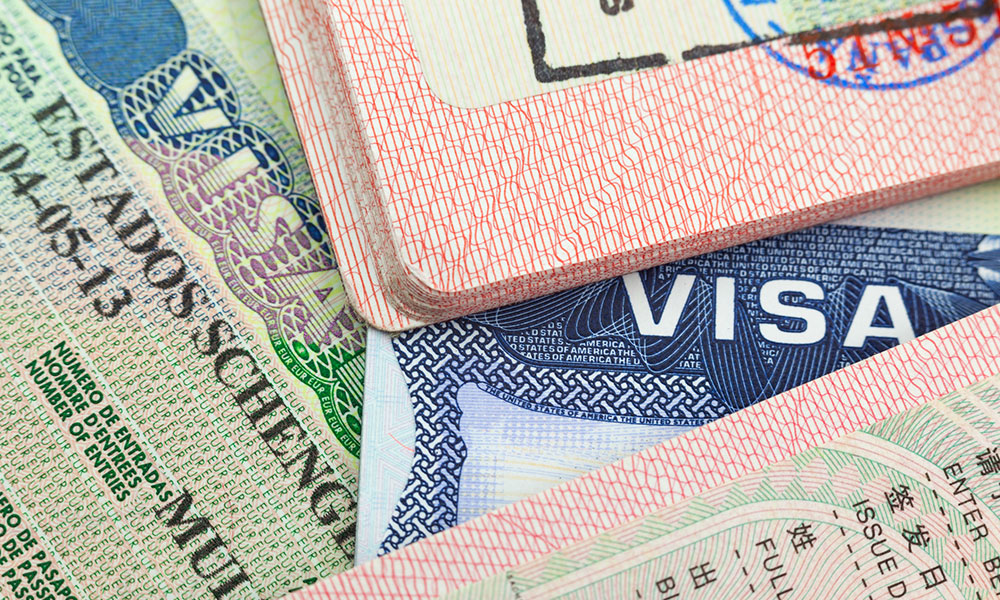
Travel Association Warns Trump Policies Having an Effect
Updated stats from the U.S. Travel Association show that there was a sharp decline in international travel during February and March, months when the Trump administration implemented policies that affected some travelers abroad.
Recent changes in U.S. travel policy might be having an effect on international travel after all.
Newly revised statistics from the U.S. Travel Association paint a much different picture than previously cited by the association’s Travel Trends Index (TTI) [PDF]. The association found that international travel, which previously appeared to be staying steady or slightly expanding in February and March, now appears to have contracted during those months—in February by 6.8 percent and in March by 8.2 percent.
During that time, President Donald Trump’s administration made two decisions that directly targeted some international travelers: In February, he signed a controversial order that banned people from a number of majority-Muslim countries from entering the U.S., and in March, the Department of Homeland Security barred large electronics from the cabins of some flights traveling from some airports in the Middle East and Africa. The “laptop ban,” which was nearly expanded to all international flights entering the U.S., was eventually rescinded. The travel ban, on the other hand, was allowed to partly go into effect after the Supreme Court, which is hearing arguments regarding the executive order’s legality, temporarily lifted some of the legal restrictions on the order.
In June, when the Supreme Court decision was made, the index showed a less dramatic decline in international travel, after a recovery in April and May.
U.S. Travel Senior Vice President for Research David Huether noted in a news release that the association was anticipating a drop, but the negative effects weren’t clear until more data was made available.
“We kept projecting drops in international visitation, and they kept not materializing,” Huether explained. “However, we recently were able to access new data inputs for the TTI to give us an even more comprehensive picture, and sure enough, the international travel segment has been far weaker than what was initially shown.”
Other parts of the index were a bit less dramatic in nature. Domestic travel as a whole has continued to modestly expand in recent months, with leisure travel showing consistent growth and business travel proving much choppier overall.
The association’s index anticipated domestic travel growth of 1.6 percent through January 2018, with business travel expected to bounce back over the next six months and international travel showing signs of ongoing decline.
Adam Sacks of Oxford Economics noted in the report [PDF] that indicators trended positive, but the president’s political decisions remained a wildcard.
“Upbeat consumer attitudes and solid labor market conditions continue to support the domestic travel market,” Sacks explained. “However, stagnant wages and the recalibration of expectations regarding the Trump administration’s campaign pledges pose risks to consumer and business sentiment. Additionally, the president’s continued rhetoric and policies weigh heavily on the international inbound market outlook.”
(a_Taiga/iStock/Getty Images Plus)






Comments